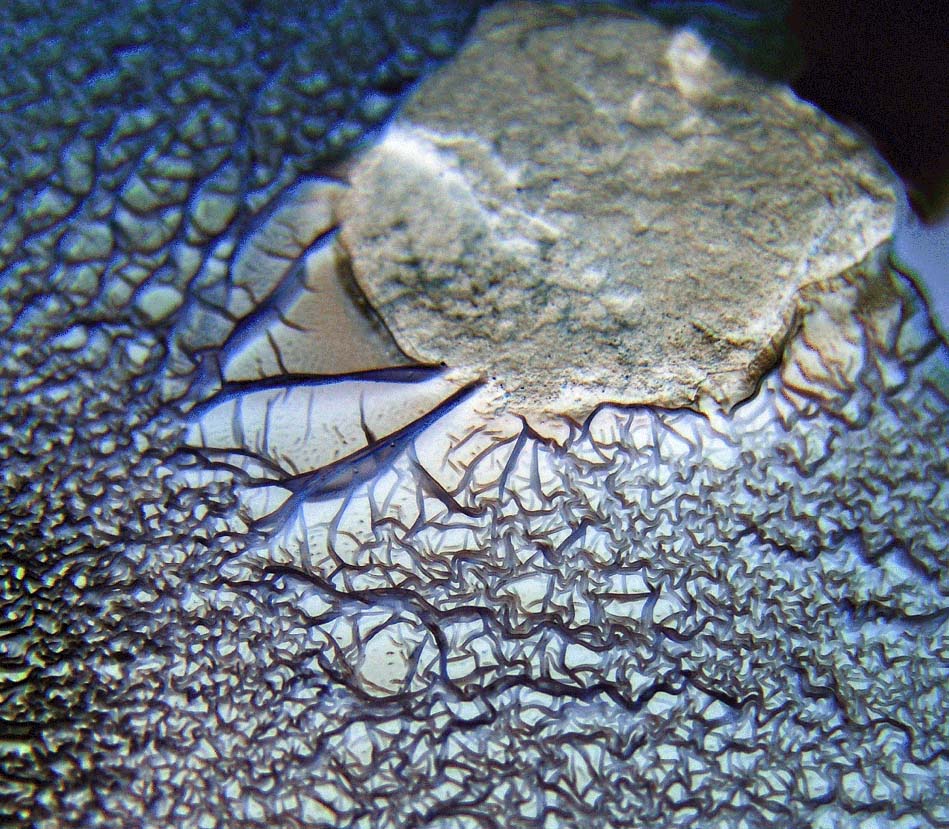Soil bacteria that ‘scale human equivalent of Mount Everest’ could improve antibiotic treatments

Streptomyces growing up a rock in a wave-like movement.
BY Ciara McCann
January 10, 2017
For the past 70 years, scientists have agreed unanimously that Streptomyces, the bacteria that gives dirt its earthy smell and is found in many antibiotics, grow like plants in a stationary manner.
However, a groundbreaking study published by Marie Elliot and her team at the Michael G. DeGroote Institute for Infectious Disease Research has turned this long established view on its head.
“Under different growth conditions, Streptomyces bacteria are able to move around and explore their environment,” says Elliot, an associate professor in the Department of Biology and Canada Research Chair in Microbial Genomics. “They were found to be able to grow over top of other bacteria, eat other microbes, and grow up rocks that would be the equivalent of humans scaling Mount Everest.”
It was also found that Streptomyces can communicate with other Streptomyces bacteria and convince their relatives to begin exploring by using a perfume-like airborne ‘volatile’ signal.
While this ‘let’s move’ signal promotes Streptomyces growth, it adversely affects other bacteria, making them sicker so that they are less able to grow and survive.
“Our work is revealing new ways that bacteria can interact and communicate with each other,” explains Elliot. “This discovery may not only lead to the creation of a protective coating for roots and seeds to prevent disease, but it may also provide exciting new strategies for improving the effectiveness of antibiotic treatments.”
Read the full study in eLife.

